In my last column, I wrote about my attraction to alcoholic writers, those writers who apparently use drink to illuminate the genius within them. Their essential humanity, their tapped-into selves, by means of generative drink, hold a certain attraction for me. My bourgeois life seems nobly shattered by the tumultuousness of writers outside the insulation of the social self. Their appeal is in their brokenness, their ability to grip the broken pieces and shake out of them lyric. As Yeats said, “out of the quarrel with others we make rhetoric; out of the quarrel with ourselves, poetry.” John Cheever, Raymond Carver, John Berryman, et. al. appear to quarrel with themselves so violently and with such destructive persistence, that they have come to epitomize this Yeatsian sentiment.
But there is something to be said for the utter maleness of this sentiment. Is it assumed, and chronicled as such, that all the alcoholic writers are male, that their genius spawns from their formed cult of virility. These writer’s fight with darkness produces great art because of their sturdy male spirit and its ability to stay in, write from, and fight with, a state of disturbed, phallocentric madness. To quote Leslie Jamison, we “fetishize [drunken dysfunction’s] relationship to genius,” as if “the bright surfaces of the world were all false, and the desperate drunk space underground was where the truth lived.” But this out-of-the-darkness-comes-light idea is undergirded by the notion that out of the dark, masculine energies produce light. Drunken genius is only made possible through the lens of maleness.
In Malcolm Lowry’s quintessential novel about the life of a drunkard, his hero, the Consul, expounds the gender divide native to the drunken, male genius: “A woman could not know the perils, the complications, yes the importance of a drunkard’s life.” One could make easy parallels to Abstract Expressionism, yet another art surrounded by the mythology of both maleness and drunkenness. The gestural virility of Pollock and De Kooning seems apt; the emotional depth and darkness of Rothko is shot through with the emotional earnestness of a John Berryman. The Abstract Expressionists, with their artistic flicks and gashes, dark planes and deep color, turned masculinity into a performative art.
There are a group of drunk female writers, but they do not get lionized the way the male ones do, except maybe Jean Rhys.There is a dissonance between the genders. Marguerite Duras wrote: “When a woman drinks, it’s as if an animal were drinking, or a child.” When women become as married to booze as men, they are seen as shirking duties (that of the stereotypical domestic economy) or as acting with immature recklessness. It is a story told with condescension, not the sadness mottled with admiration that comes with drunken male epics. The story of a female drunk (a label indicative of the divide, since it is not simply “a drunk,” but the female version of something mostly considered male) is a critical one. For women, “their drinking was less like the antidote to their own staggering wisdom — catalyst or salve for the Virgils of the fallen world — and more like self-indulgence or melodrama, hysteria, a gratuitous affliction.” In a word, female drinking is not “important,” it does not dictate or have a place in the literary canon of the “Old Drunk Legends.” It is seen as an act of unappealing spectacle, unwanted self-promotion or forceful clutchings toward entrance into a men’s club.
Thomas de Quincey, in Confessions of an English Opium-Eater, says “It is absurdly said, in popular language, of any man, that he is disguised in liquor; on the contrary, most men are disguised by sobriety.” This quote is emblematic of two things: the drunken writer as constructing the portal to genius with booze, and the drunken writer as doing these things by virtue of his privileged maleness. Why women have been excluded from this mostly male mythology is yet another obvious and problematic barrier to living on equal footing. A drinking woman has, as Jamison says, “violated the central commandment of her gender, Thou shalt care for others,” and is shown as a repulsive solipsist. Men are shown to be disturbed geniuses. The dichotomy is another pollution of gender relations, and the creativity purportedly connected with alcohol may be a narrative farce anyway. It seems idiotic not to point out the differences between the perception of male and female drinkers. It is also idiotic that there is a difference at all.


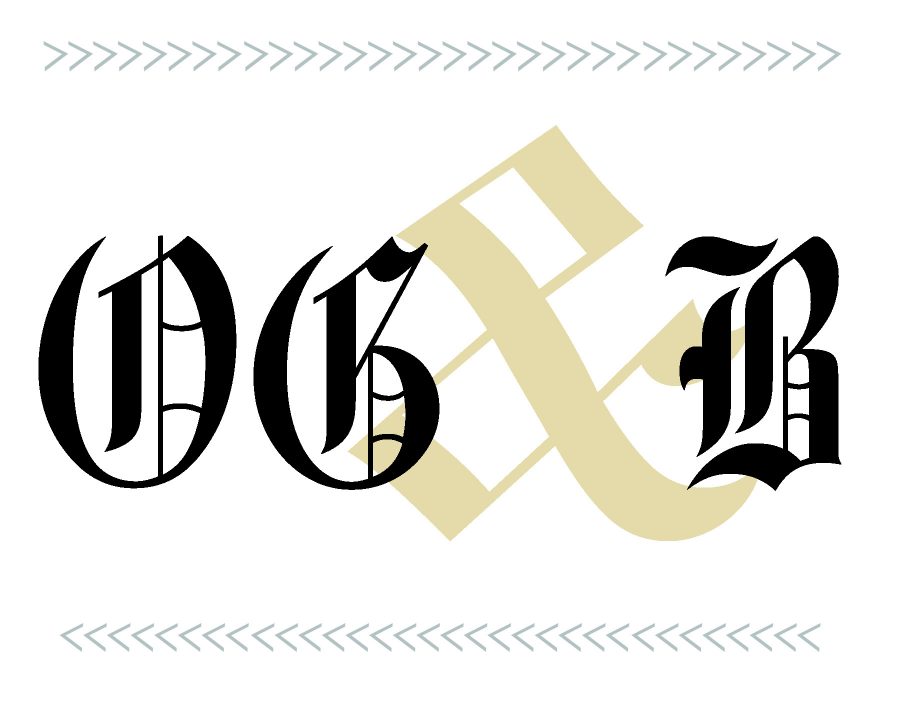
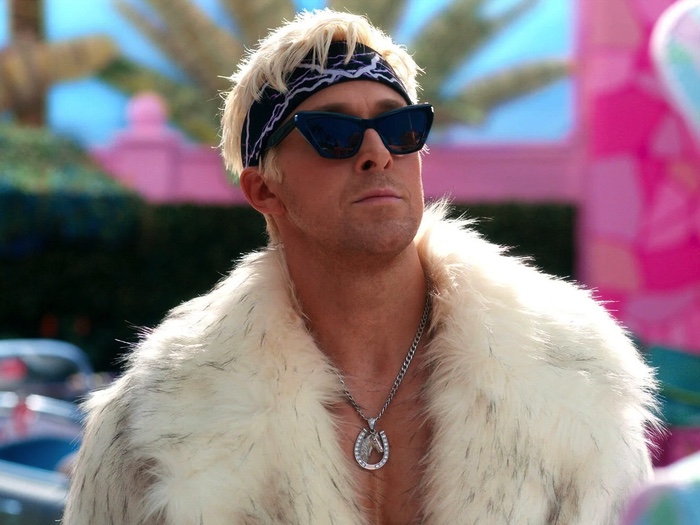

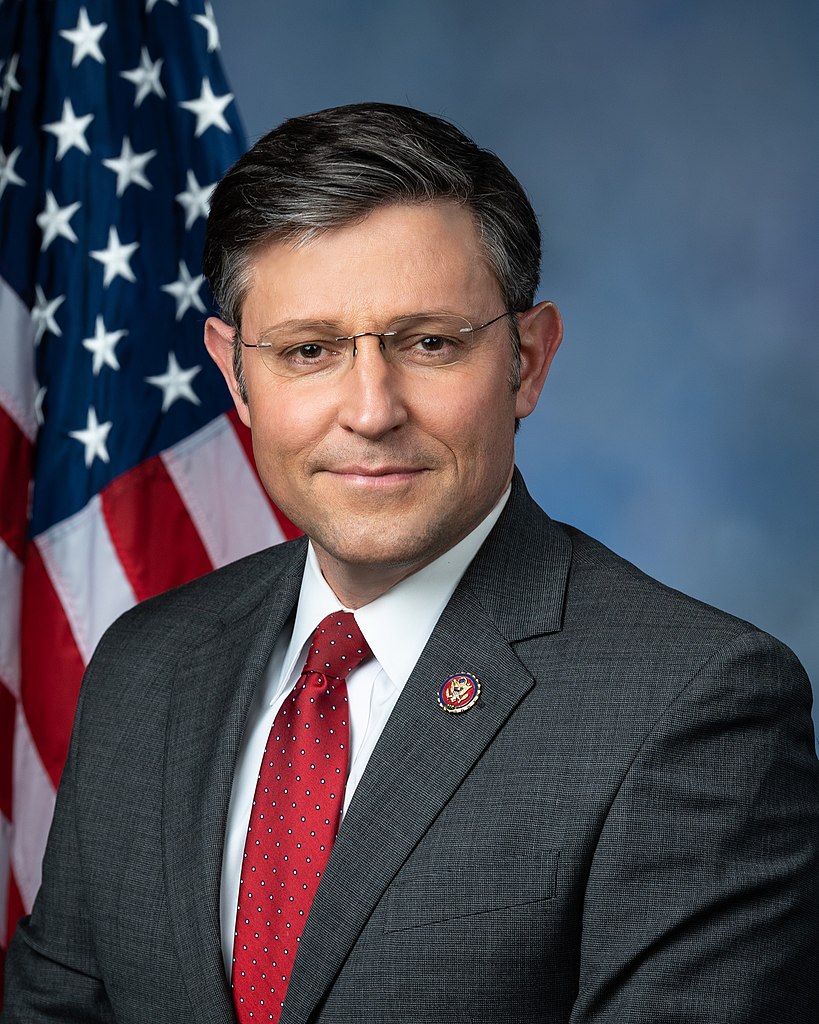
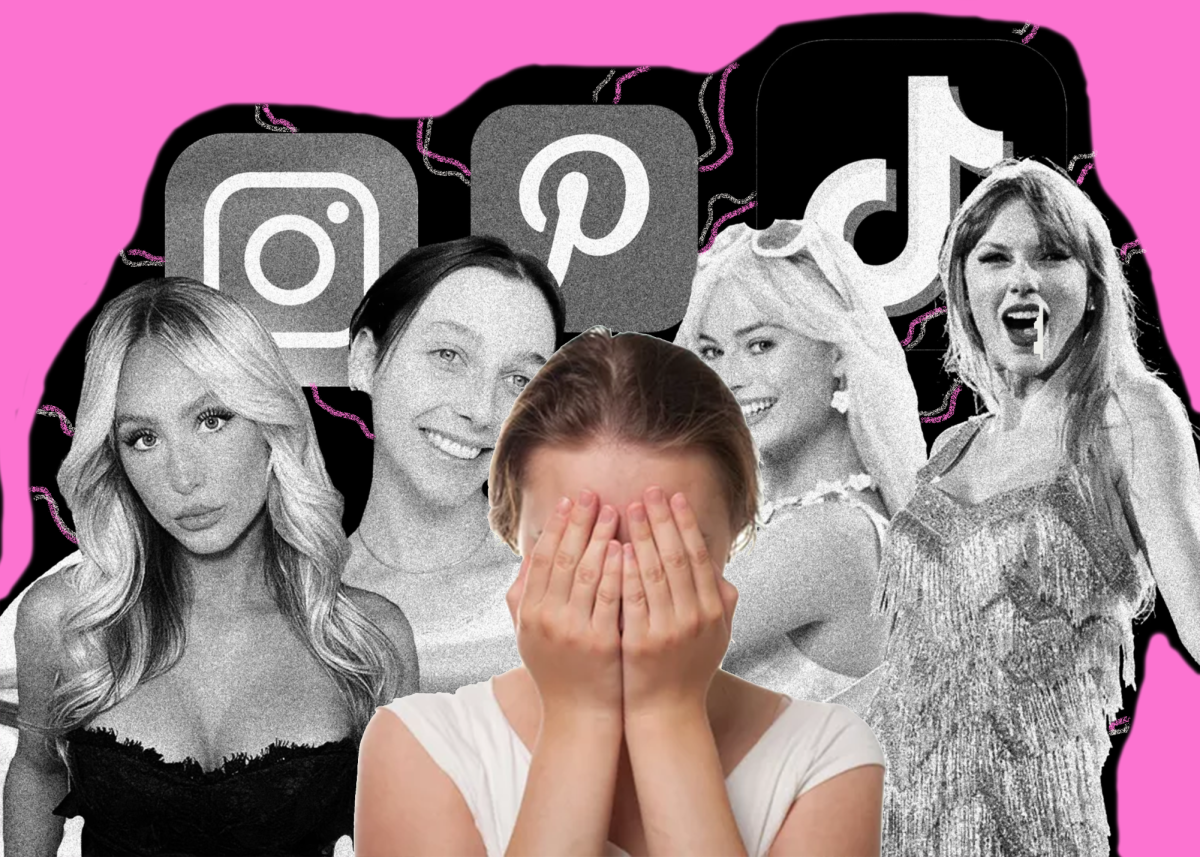


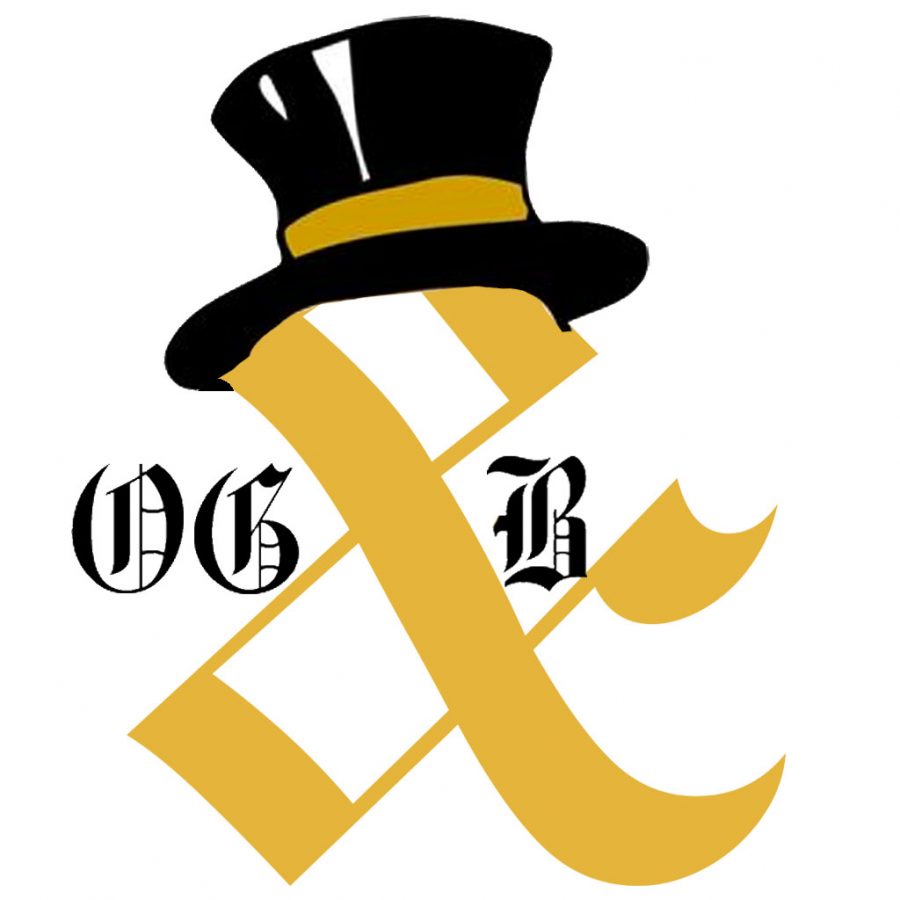
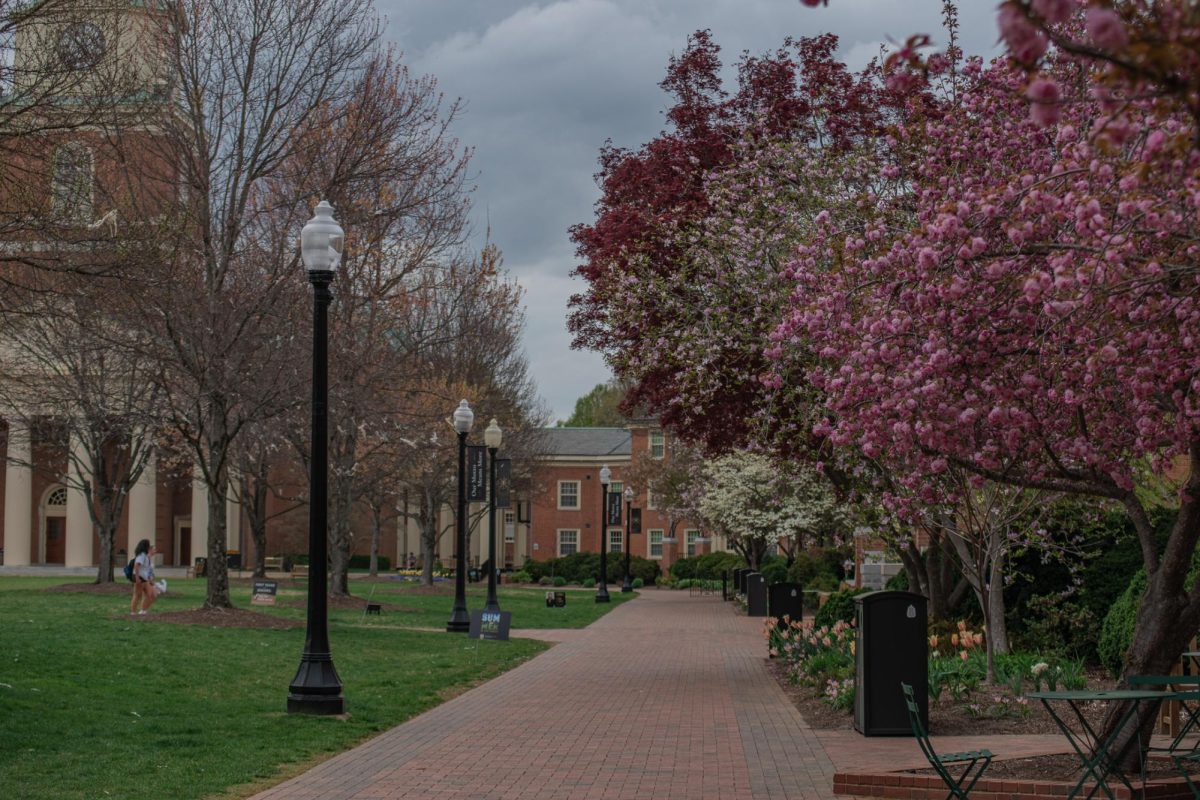

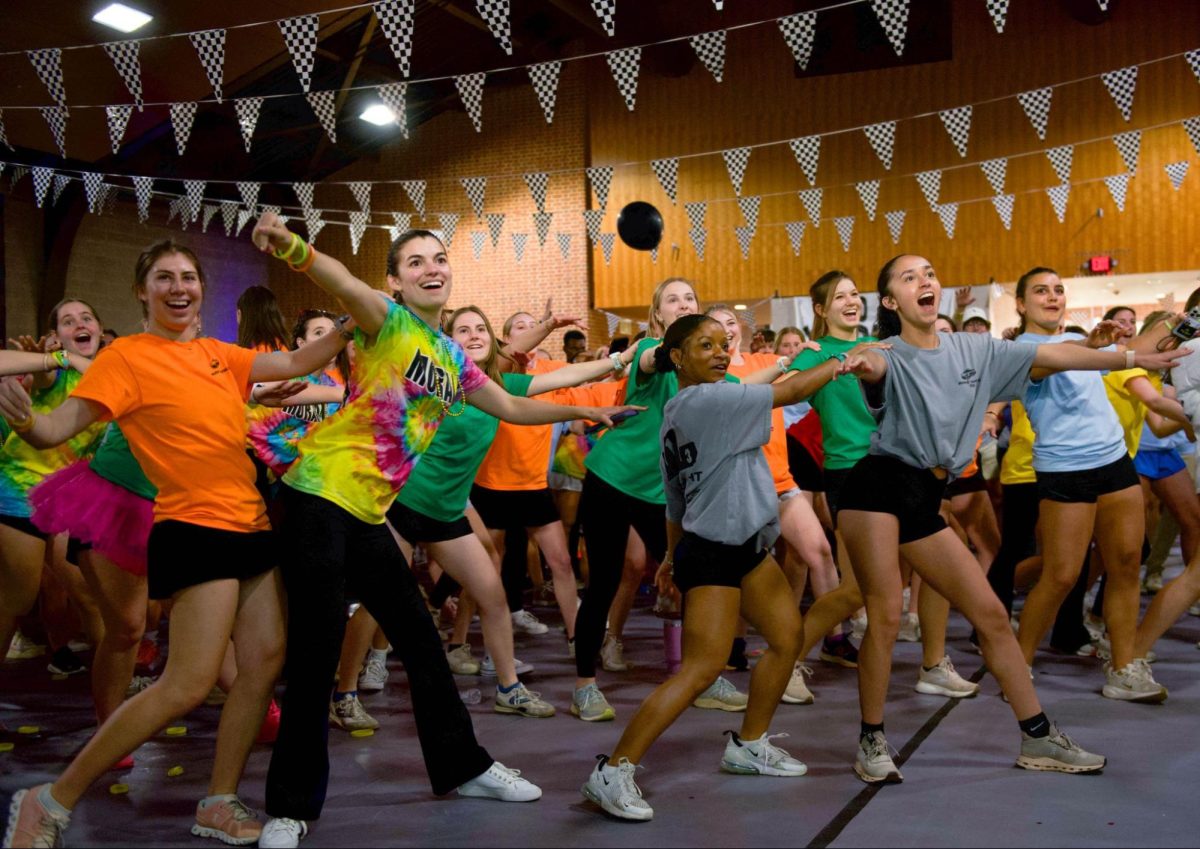


Wfu • Sep 9, 2018 at 1:25 am
Nice ‘I read books’ humble brag, buddy. Congrats
Hank Wordsworth • Apr 27, 2018 at 10:39 am
Women do not wear their alcoholism well at all. It can make the most beautiful woman look like she’s embalmed. But what can a man say? Especially if she’s the only one being nice to us. You might address this in a future column—it would seem one of the fundamental problems of philosophy.